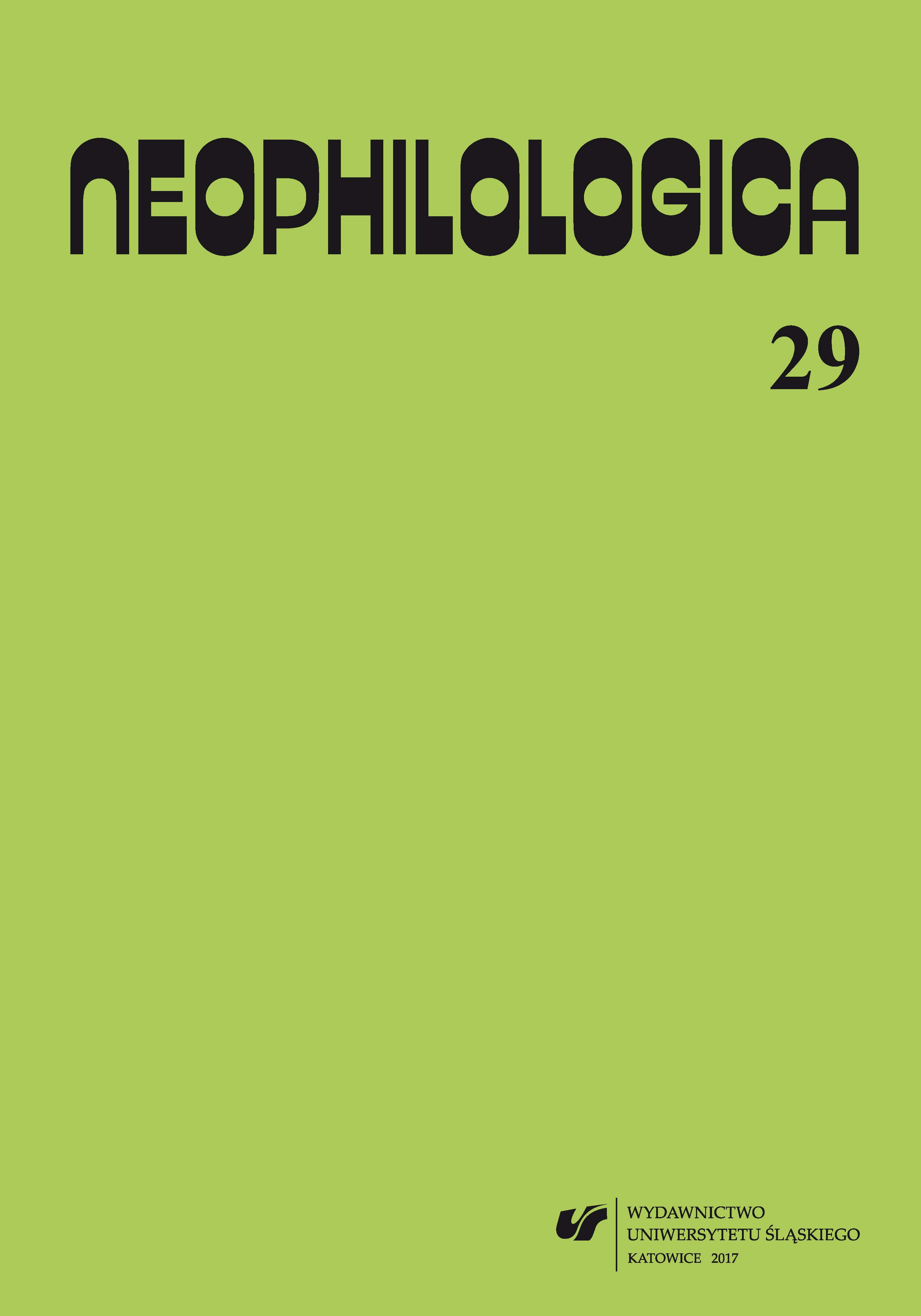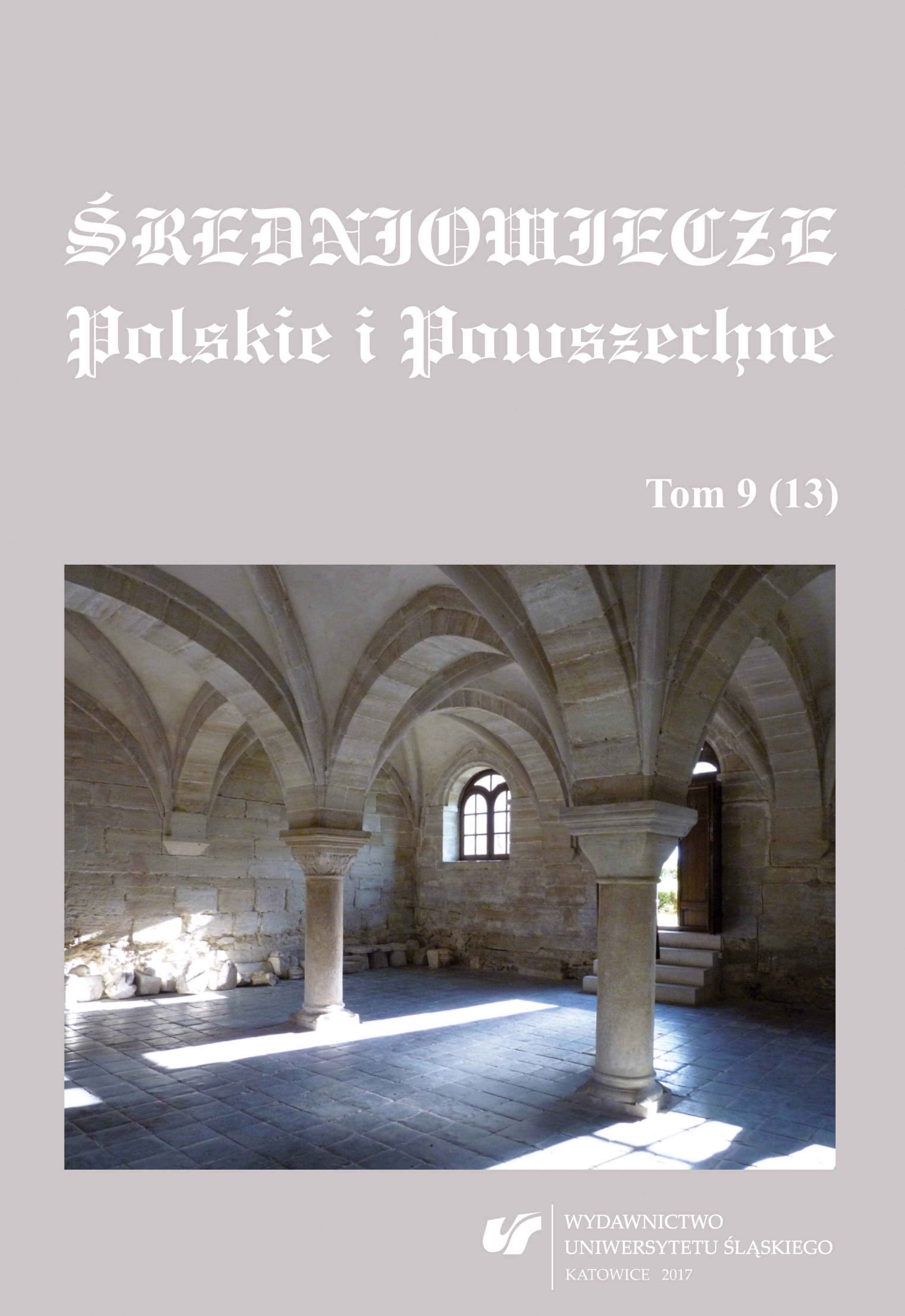
Perception des modalités de l’allemand par des locuteurs natifs francophones
This paper deals with the perception of German enunciative modalities, like assertion, interrogation and exclamation, by non-native speakers with French as their native language. It aims to study the relationship between the perception of different modalities and the morphosyntactic and intonative structures of the target and source languages. The first part of the paper describes corpus acquisition and acoustic stimuli recording conditions, together with the perception of the test protocol. The second part presents the results of this test, including the time reaction to the audio stimuli, which carry the various enunciative modalities, and the validity of the responses. The third and last part analyses the intonative and morphosyntactic structures of the target language and interprets the results of the perception test. This study confirms the existence of intonative and morphosyntactic markers, which influence reaction time. Early onset of these segmental and prosodic markers enhances the precocious anticipation of correct decisions, and thus shorter reaction times. The results of this research will be compared with our previous study on “perception of French enunciative modalities by German native speakers”.
More...
